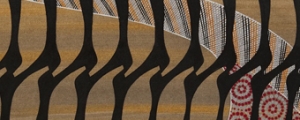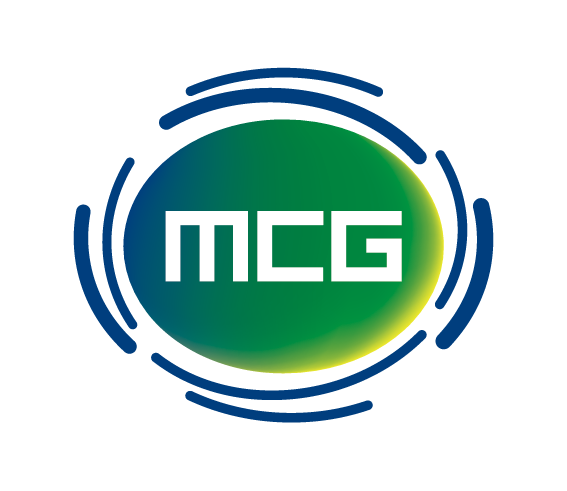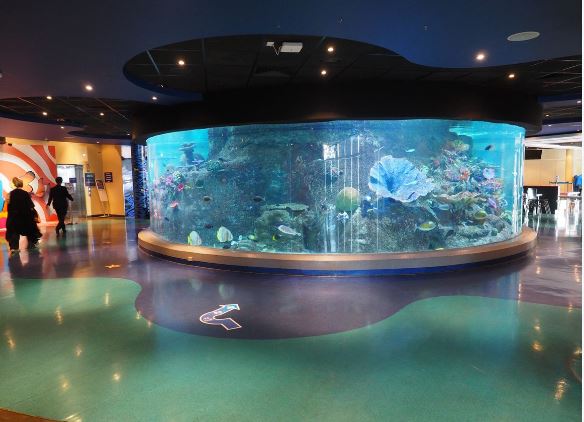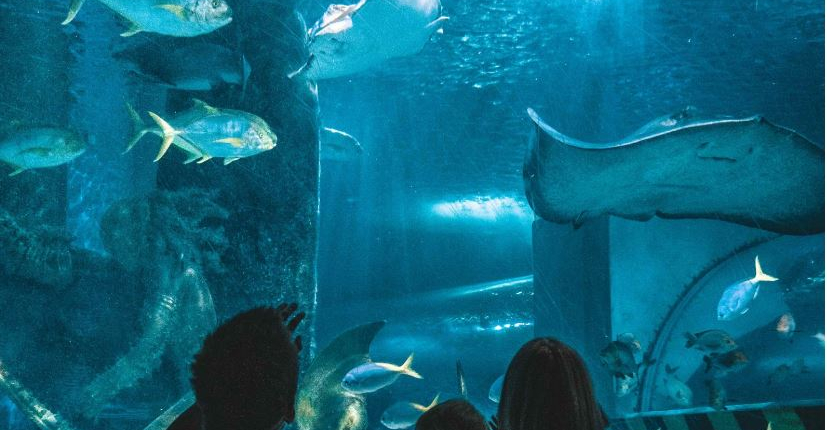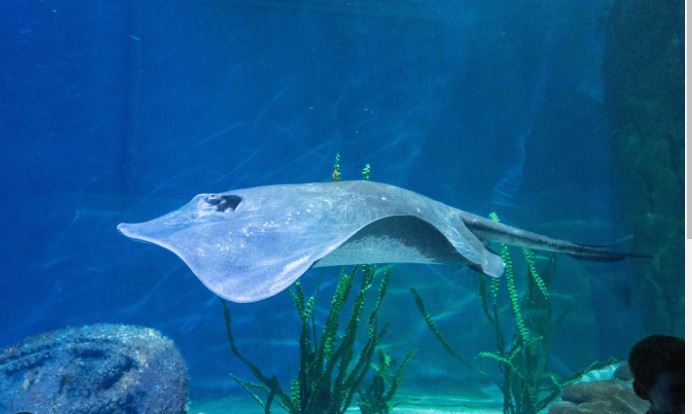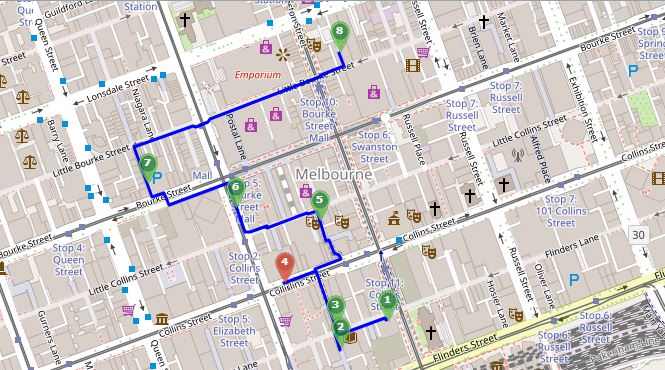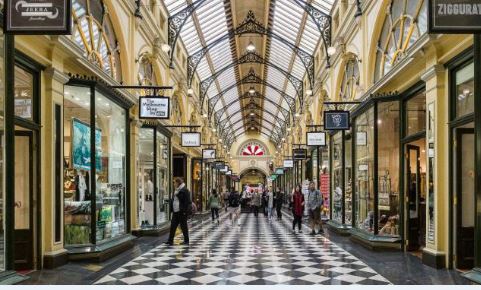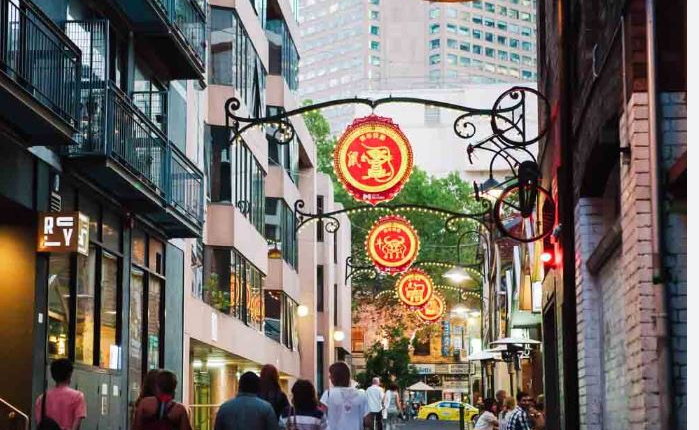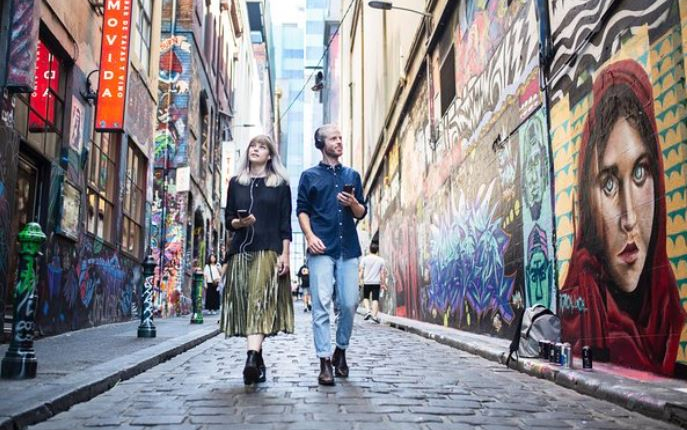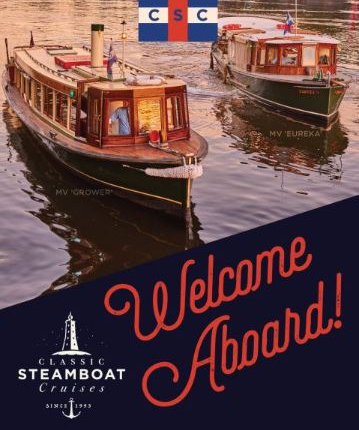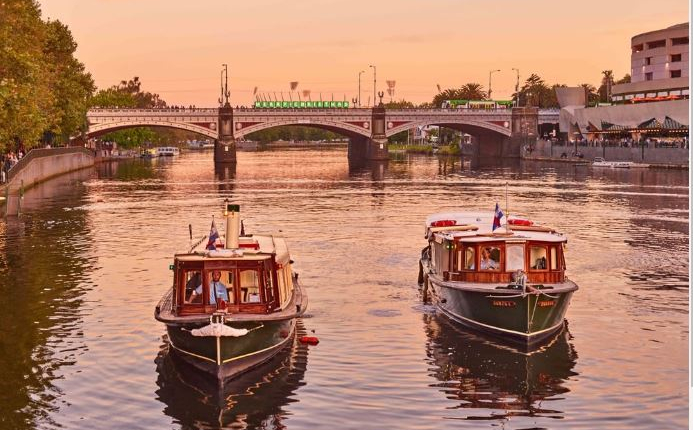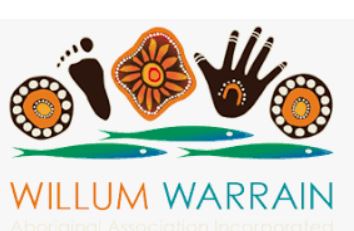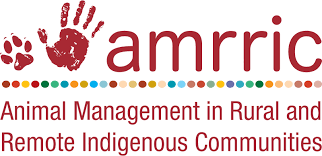MCG and Australian Sports Museum
Explore the inner sanctum of the MCG, walk on the hallowed arena and in the footsteps of where legends have walked, by taking a guided 75-minute MCG Tour. The tour is followed by a self guided visit to the Australian Sports Museum.
Immerse yourself in the history and world-class facilities of the MCG, as you go behind-the-scenes to gain an insight into Melbourne’s sporting culture, while exploring one of the world’s most iconic stadiums.
Highlights of this must-see tour include*:
- A walk on the arena
- The famous MCC Long Room
- The MCC Library (founded in 1873)
- The MCG Tapestry
- Player change rooms
- Cricketers’ viewing room
- The Ron Casey Media Centre
- Portrait of Sir Donald Bradman and Sachin Tendulkar
- A walk on the arena
- Cricket Victoria Bill Lawry Centre
- Panoramic views of Melbourne’s skyline from Level 4 of the Ponsford Stand
*Please note that the tour route is subject to room availability.
Sealife Melbourne Aquarium
Explore this world class aquarium in your own time. The Aquarium has a one-way self guided tour which is spread over four levels. The aquarium is known for its main exhibit, the 2.2 million litre Mermaid Garden oceanarium, which features a grey nurse shark and sandbar whaler sharks, along with up to 2,000 marine creatures of diverse species.
Sea Life Melbourne Aquarium conducts extensive research into marine species, with the Aquarium’s conservation efforts overseen by the Turtle Rehabilitation and Conservation of Keystone Species (T.R.A.C.K.S.) group, a subsidiary of the Sea Life Conservation Trust.
- Grey nurse sharks. Sea Life Melbourne Aquarium is involved in a grey nurse shark breeding program in conjunction with Sea Life Manly Aquarium, aimed at conserving this endangered species, which is already extinct in Victoria. The Aquarium currently has one grey nurse shark and the program is looking at intra-vitro fertilisation (IVF) as a method of breeding.
- Bamboo sharks. Sea Life Melbourne Aquarium is home to the first-ever in-vitro fertilised (IVF) shark in existence. The brown-banded bamboo shark pup was born on 3 March 2014, ending a process that began in September when aquarists collected a semen sample from a shark in Mooloolaba in northeastern Australia.
- Sea turtles. The aquarium is also involved in the rehabilitation of turtles washed south into the colder Victorian waters where they cannot survive. The sea turtles are housed at the aquarium to gain strength, at which point they are taken north to Queensland to be released.
- Seadragons. Melbourne Aquarium is one of few worldwide to have successfully bred the locally endemic weedy seadragon in captivity.
- Spotted Handfish. Sealife Melbourne Aquarium and has been the first facility to successfully sex and breed the Tasmanian spotted handfish in captivity.
- Purple Spotted Gudgeon. The rainforest area has opened a facility to captively breed the Southern Purple Spotted Gudgeon.
Self Guided Walking Tour
This is a self guided tour will include some of the highlights within the Melbourne CBD. It will encompass 2-5km of generally ‘level ground’ (no steep hills) walking. Delegates will be encouraged to download an app which will offer commentary about the city sights. This is an out door activity and will be weather dependent.
A tour leader will be appointed to assist and walk with delegates who may not be able to access the app.
Steamboat cruise on the Yarra
The vessel will embark delegates at Federation Square, this is a 15 minute or 1.2km walk or a tram ride (trams are free in the CBD).
Travel in the style of yesteryear in a handcrafted, fully restored and unique steamboat. After the safety briefing, delegates will sit back and relax while the Captain offers an informative commentary about the sites and history of the river, environs and answers questions.
Regarded as the scenic part of the river, the cruise will travel upstream from Federation Square, then past the Birrarung Marr parklands, numerous sporting venues such as the MCG and Rod Laver Arena, under Swan Street Bridge, which is one of 65 bridges spanning the Yarra, past the botanic gardens and the suburb of Richmond.
Downstream delegates will travel under three very low bridges, Queen street being the first, followed by King and Spencer. We pass the landing point for European settlers, the Aquarium and Casino, Exhibition building, the historic sailing ship Polly Woodside, restaurants and bars of South Wharf, DFO, and one last low bridge before we enter the Docklands area. Looking further downstream from the turn around point delegates will view the commercial port of Melbourne.
On our return journey, sit back and enjoy the Captain’s commentary as you travel back to disembark at Federation Square.
Refer to map image for for details.

Numbers for this tour are limited.
Willum Warrain
Willum Warrain, one of Victoria’s leading Aboriginal gathering places, is located on the Mornington Peninsula. Willum Warrain means “home by the sea” in the local language, Bunurong and it is a place where mob come together to practise culture and create a warm and welcoming community. It is also a destination for reconciliation with 10,000 non-Indigenous visitors experiencing cultural immersion tours this year.
The NATSIEH visit will include:-
- A welcoming ceremony
- The story of Willum Warrain’s community
- Local Aboriginal history
- A tour of our Koorie Plant Trail and wetlands, and our Bush Nursery
- Insights into traditional cultures and contemporary issues
People love coming to Willum Warrain! And we love showing them around!
Please note:
Delegates attending this excursion will have lunch ‘first’ and must make their way to the RACV Club entrance (ground floor) by 1.15pm to find their seats on the coach. The coach will leave promptly at 1.30pm to enable us to ensure delegates have adequate time at Willum Warrain and be back in Melbourne in time to ready themselves for the conference dinner. The journey is approximately 1.5 hours, therefore we will not be in a position to wait for late comers.
Workshop – Developing an Emergency Management of Companion Animals Plan
When disasters strike and remote communities are evacuated, emergency management of companion animals is important not only for animal welfare, but also for the health, safety and wellbeing of both evacuated and any remaining residents. There are lots of factors to consider and in the middle of an emergency evacuation event; things like dog and cat food, veterinary care and animal management support can be hard to source. Having a plan for the management of companion animals in remote communities during emergency events is essential to help everyone deal with disasters as best they can.
This workshop, facilitated by AMRRIC’s team, will be held at the conference venue and run for approximately 3 hours. The main audience for the workshop is animal management workers (or those responsible for delivering animal management activities), however anyone interested in emergency companion animal management in remote communities is welcome.
As a participant:
- you will have the opportunity to share your experiences in managing companion animals during emergency events (if you have any),
- you will get to select what sort of disaster event you want to develop a plan for,
- you will work in small groups to complete a tailored emergency companion animal management plan that you can take back home so you’re better prepared for the next disaster.
AMRRIC’s experienced team will run this workshop and guide you through the whole plan development process.
What you’ll need to bring:
- just yourself and your experience of your own community’s animal management.
What you’ll get out of the workshop:
- improved knowledge around emergency management of companion animals,
- a tailored emergency animal management plan for your chosen disaster scenario.
The workshop will take place at the conference venue. Numbers for the workshop are limited.
